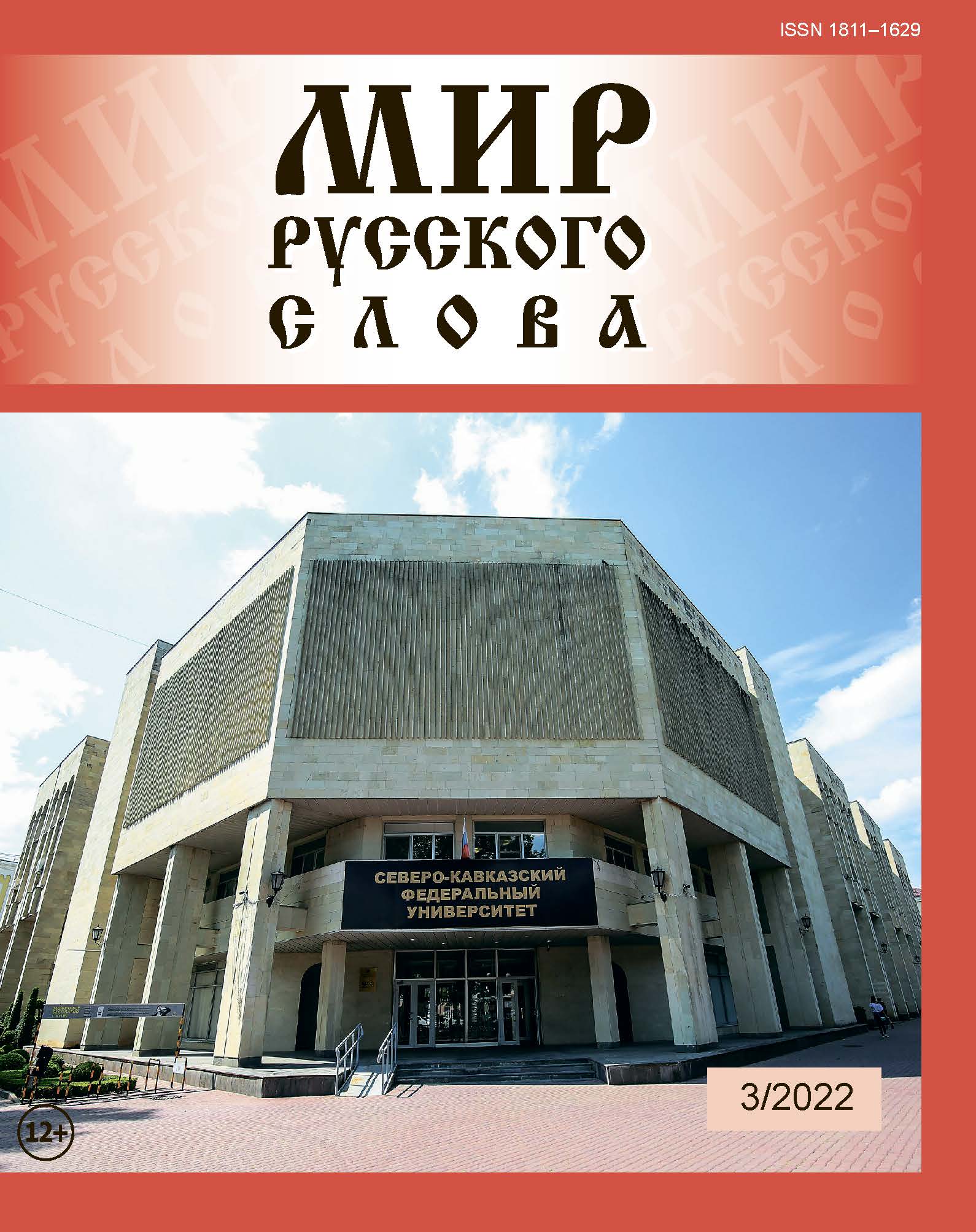New compound words and ways of translating them into Chinese
DOI:
https://doi.org/10.24412/1811-1629-2022-3-21-30Abstract
The article considers the classification bases of new words in modern Russian language. New
complex and compound words are undoubtedly the least studied part of neology. In the scholarly
literature there are several bases for their classifi cation: by the method of education, by origin,
by the purpose of creation and by the degree of novelty. In order to determine the classification
characteristics of a complex word, the author analyzes semantic properties of neologisms, issues
of similarities and diff erences in the meanings of words with the same first or second parts (e.g.
art book, art cafe, art therapy) in comparison with the homonymous parts of a complex word
(artdivision, artcanonade). It is argued that the different origin of compound words influences the
differences in the semantic properties of their parts. When discussing possible ways of translating
new compound words into Chinese, one should take into account the translation ways that are
more in line with habitual thinking and natural mnemonic memorization techniques developed
by the Chinese people. The difficulties of translating new complex ones are intensified if there are no lexical equivalents in the Chinese language. Given these
circumstances, in the case of untranslatable complex neologisms,
one should choose the method of translation that allows not to lose
the meaning of the original. The author attempts to reveal the specific
difficulties in translating new complex words that have no equivalents
in Chinese. The ways of arising problems solving are proposed by
using literal, descriptive, free and other translation methods so that
the translated equivalent complies with the norms of the Chinese
language. Such an approach would allow Chinese students studying
Russian to clearly understand and firmly remember the meanings of
complex neologisms.
Keywords:
new complex words, classifi cation, semantic characteristic, polysemy, translation method
Downloads
Downloads
Published
How to Cite
Issue
Section
License
Articles of "The World of Russian Word" are open access distributed under the terms of the License Agreement with Saint Petersburg State University, which permits to the authors unrestricted distribution and self-archiving free of charge.




